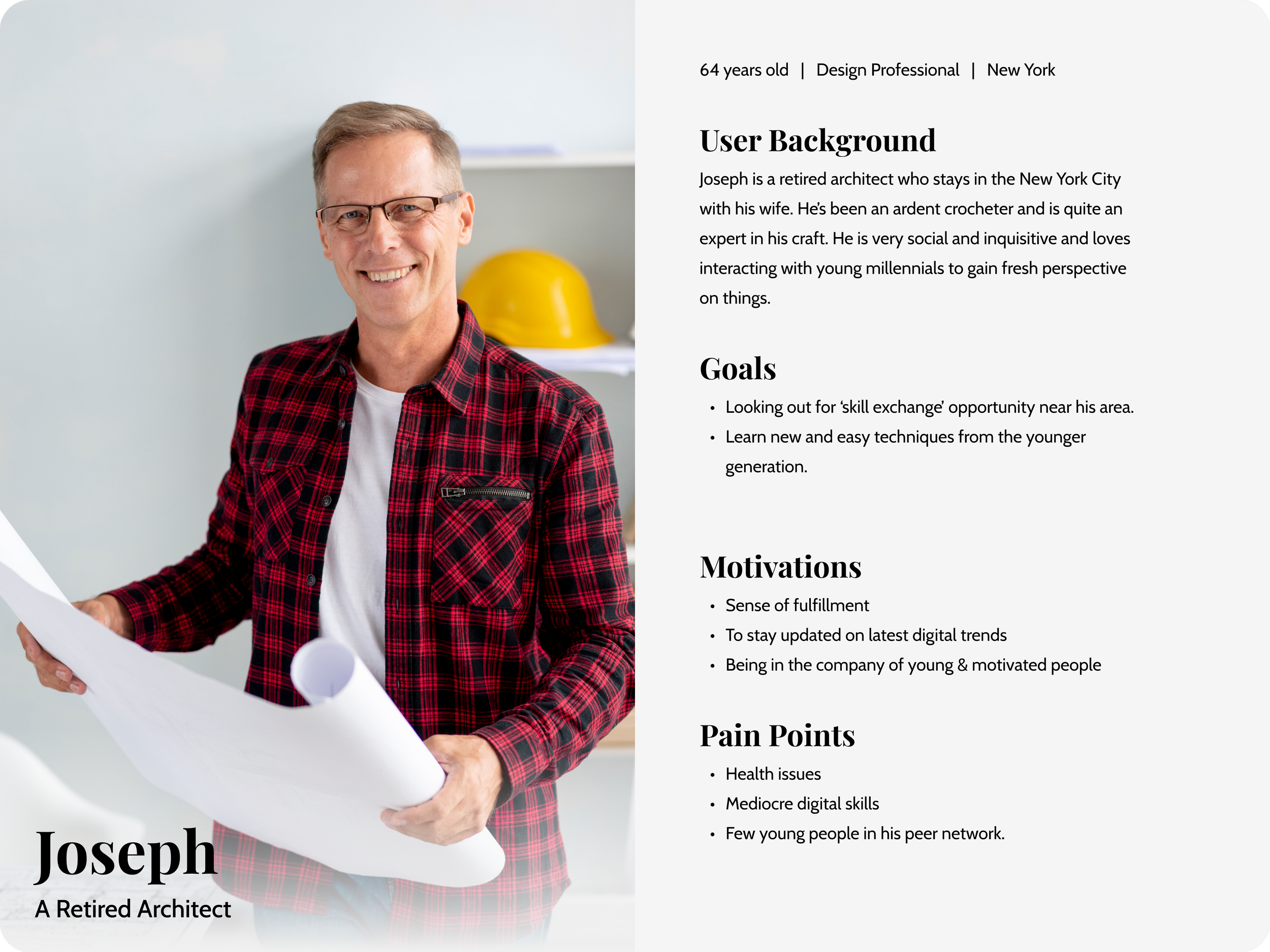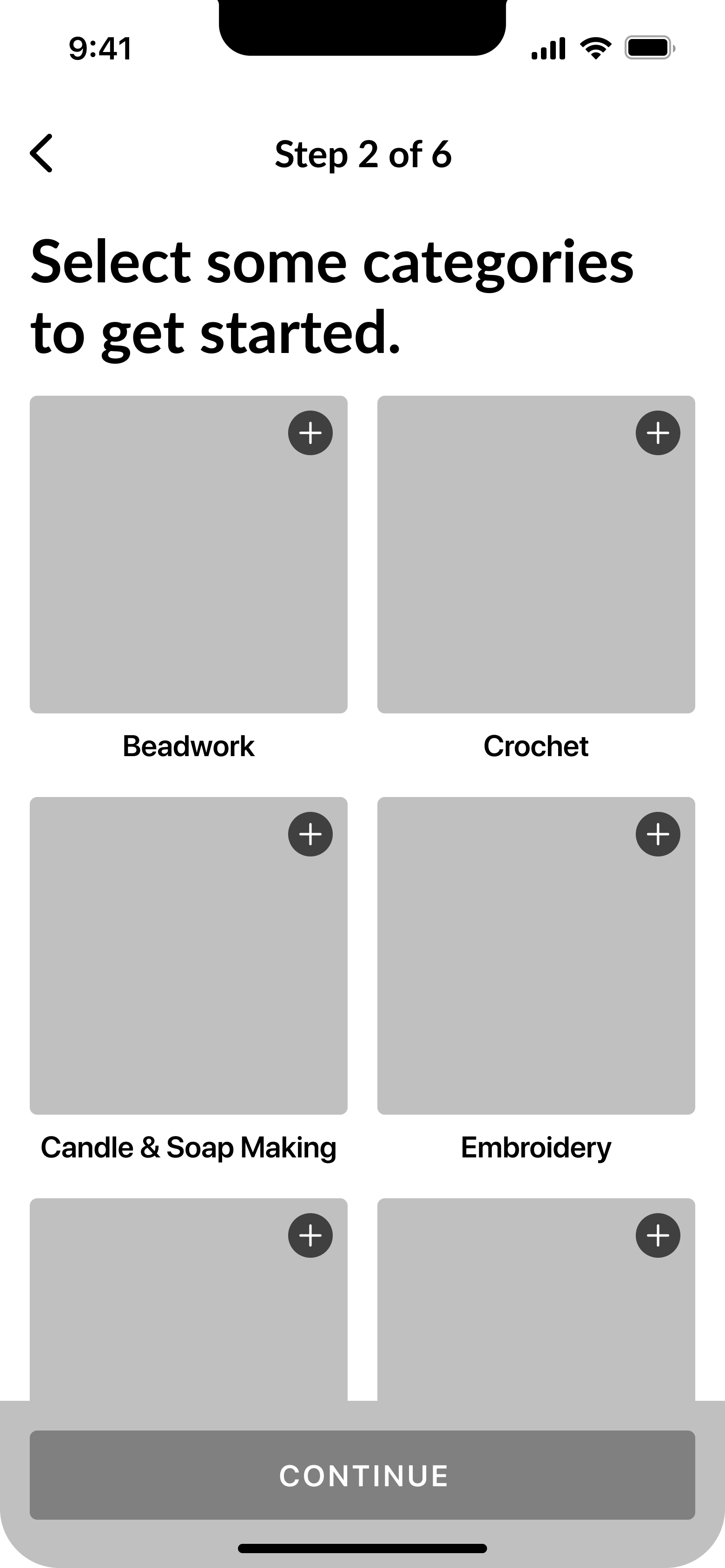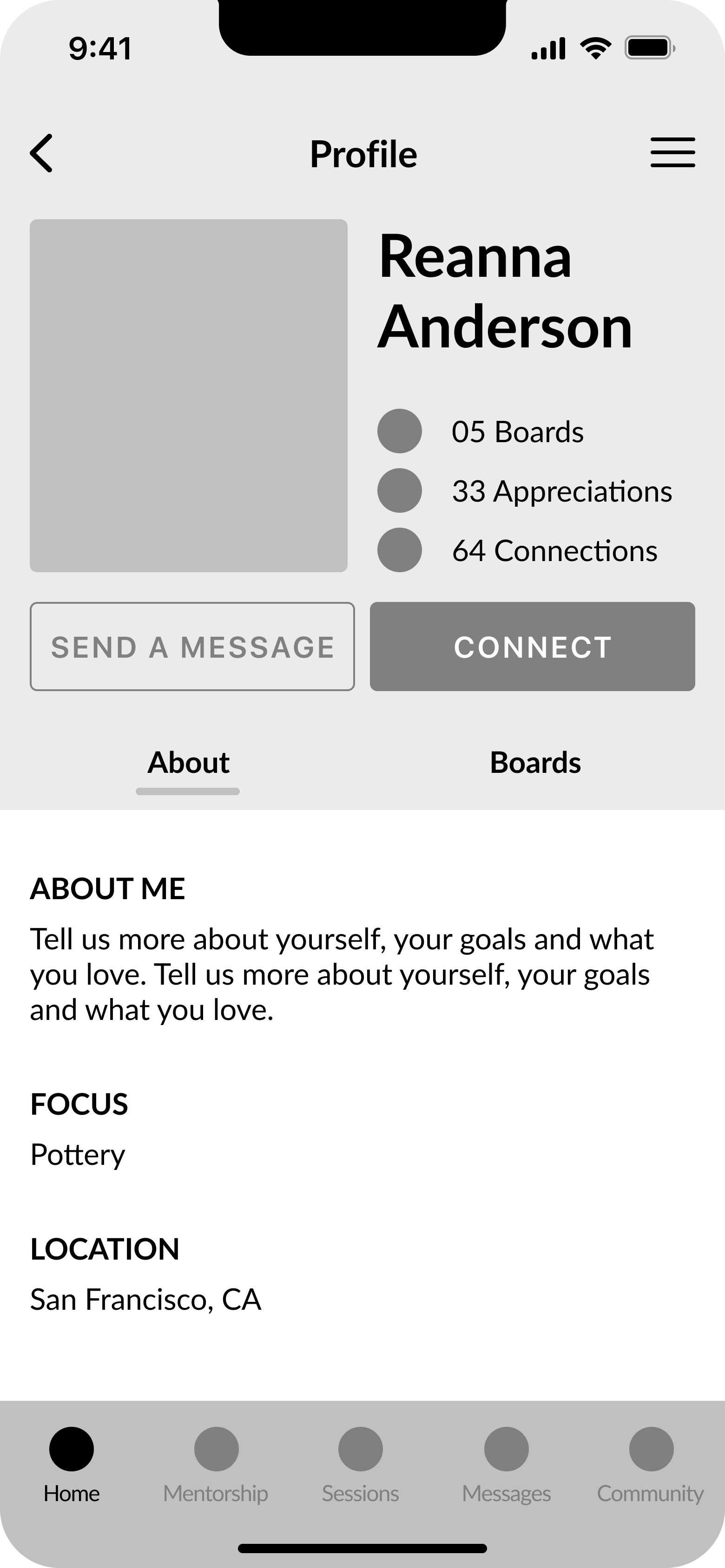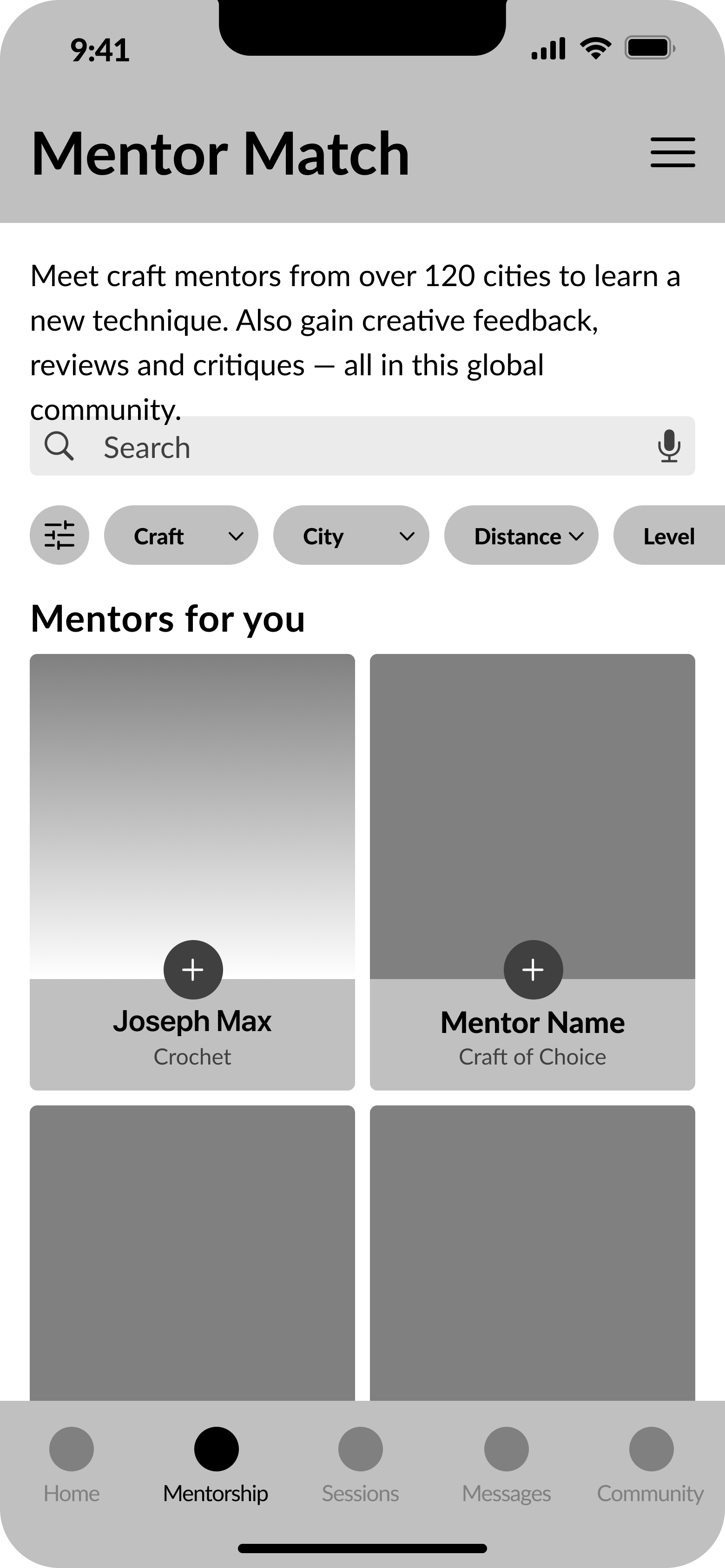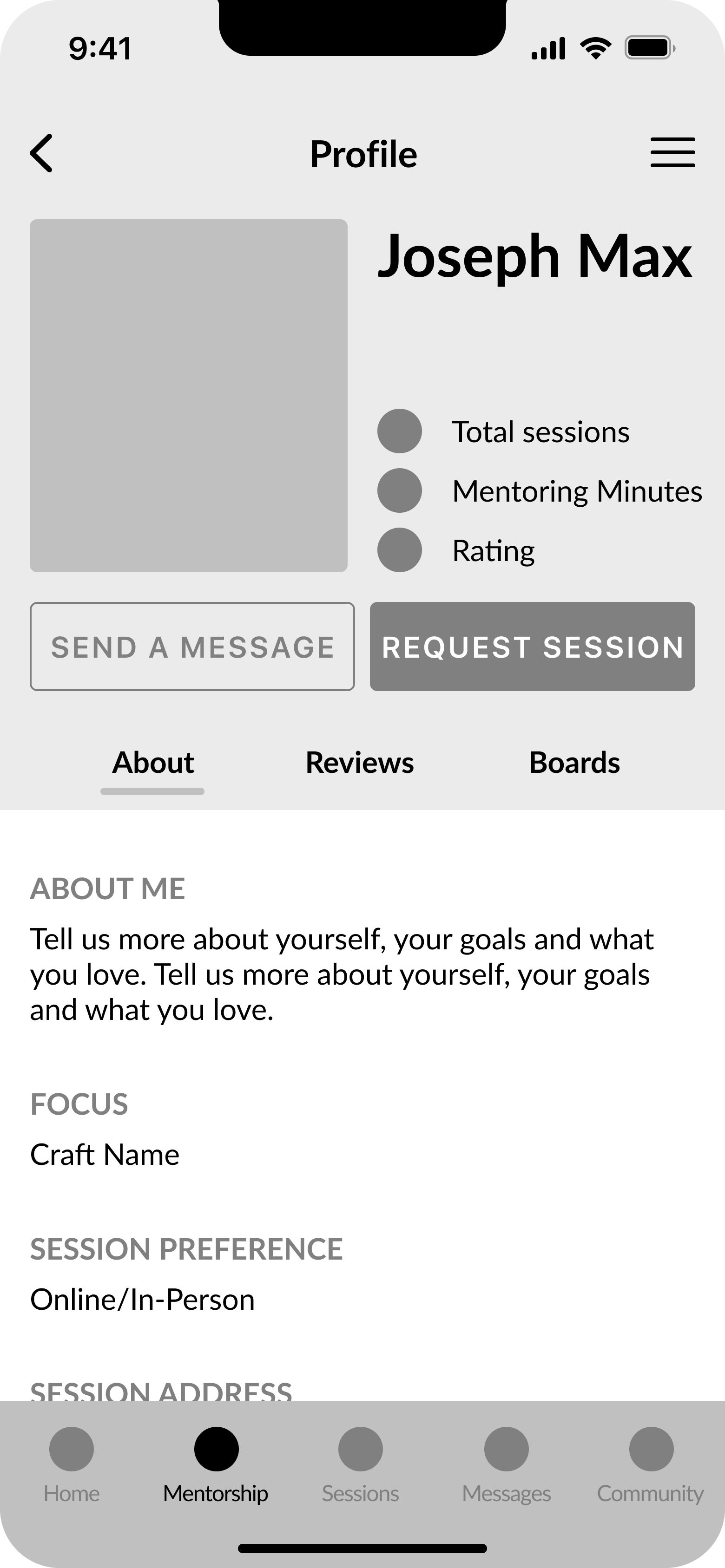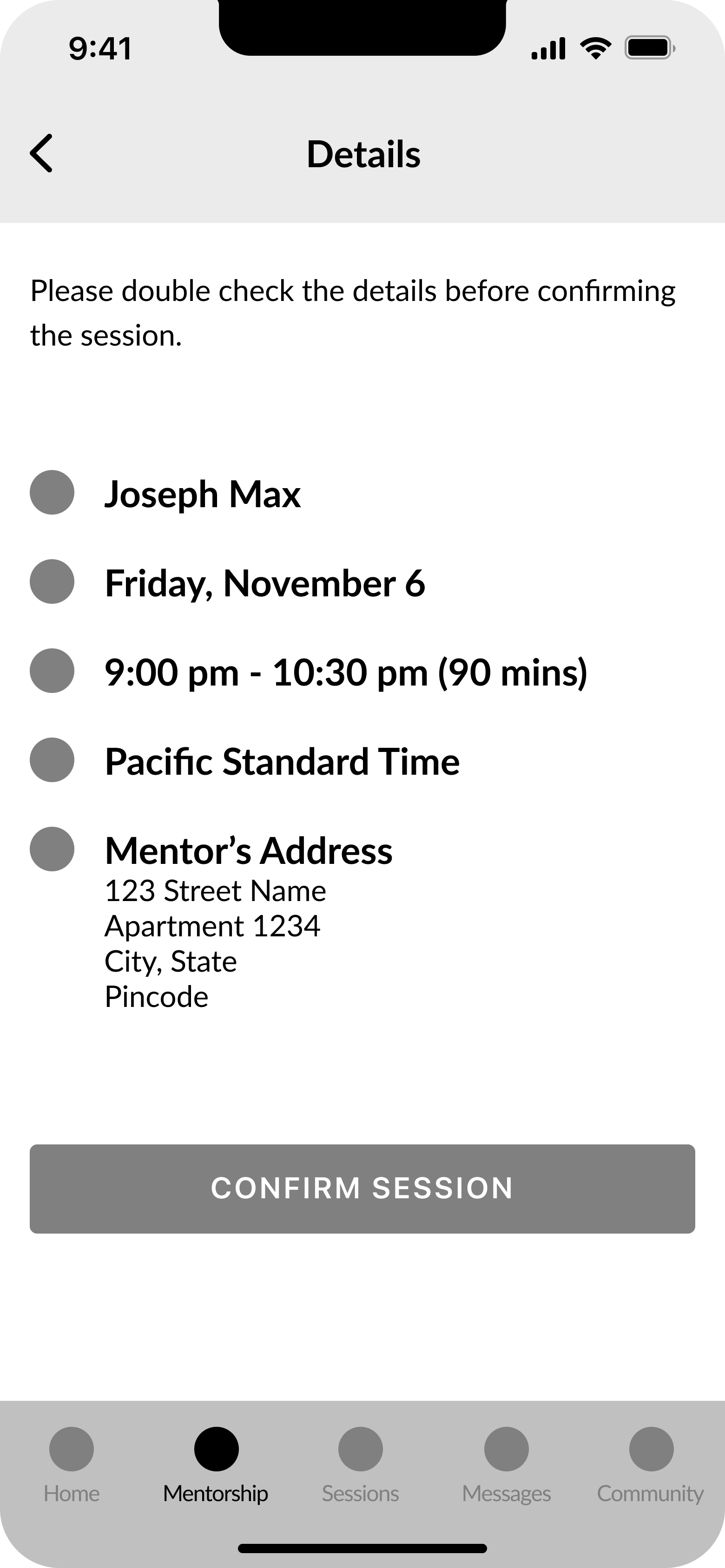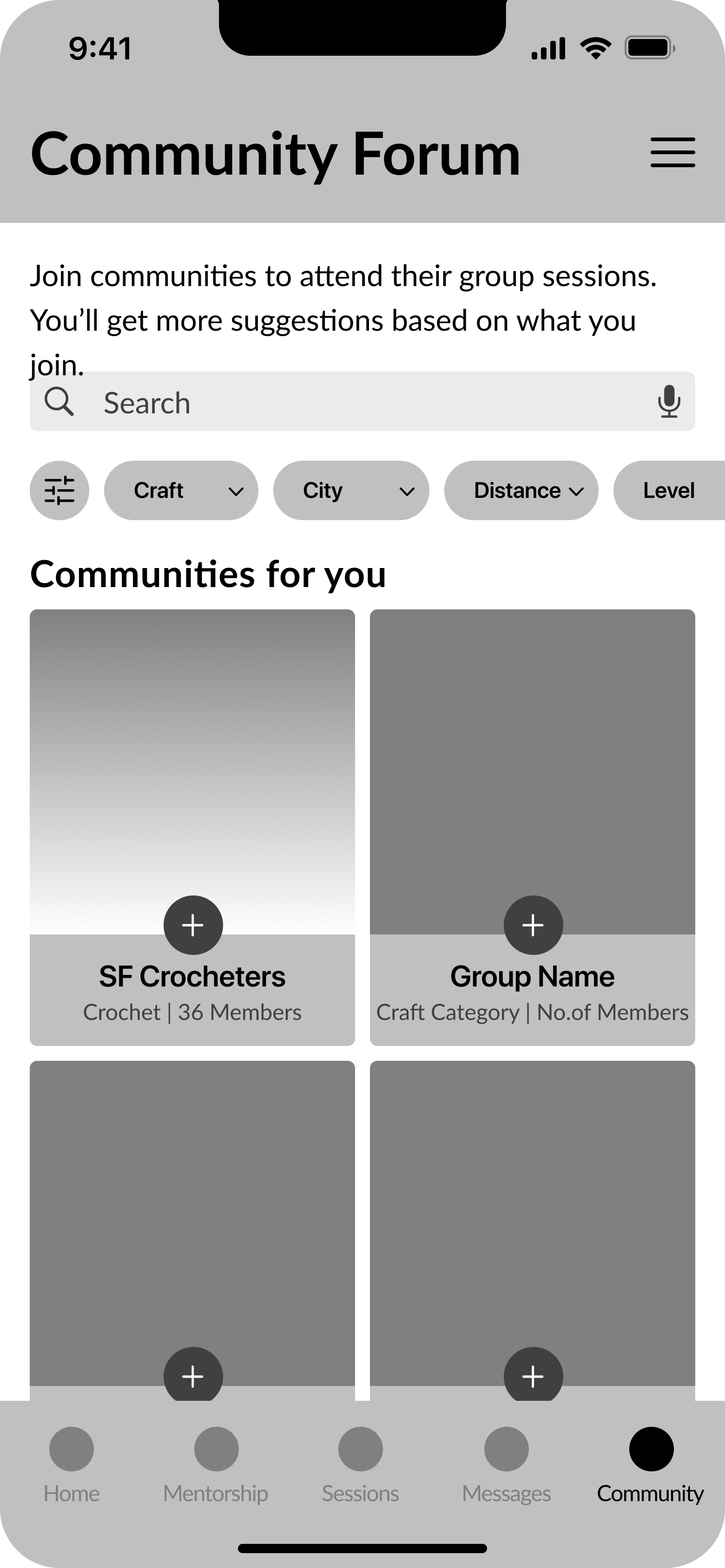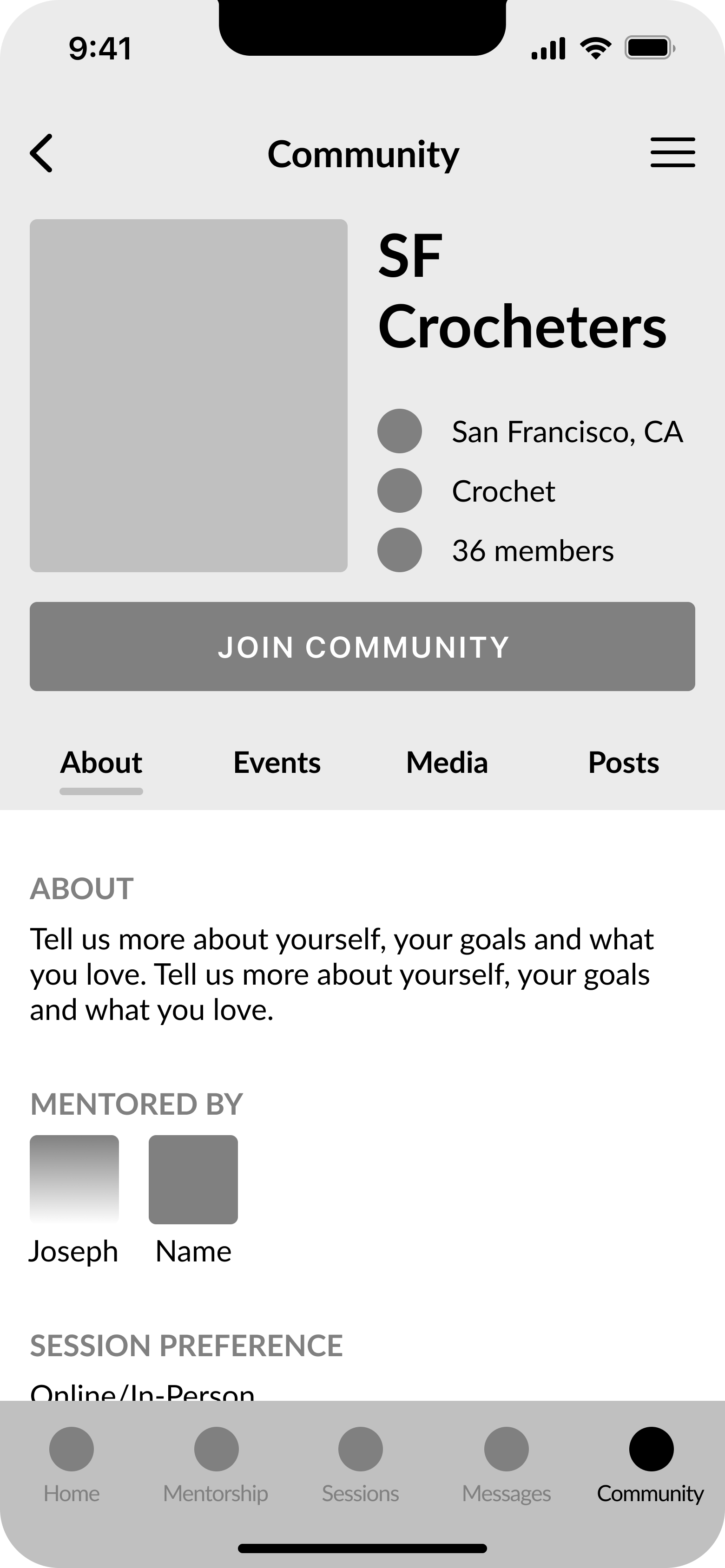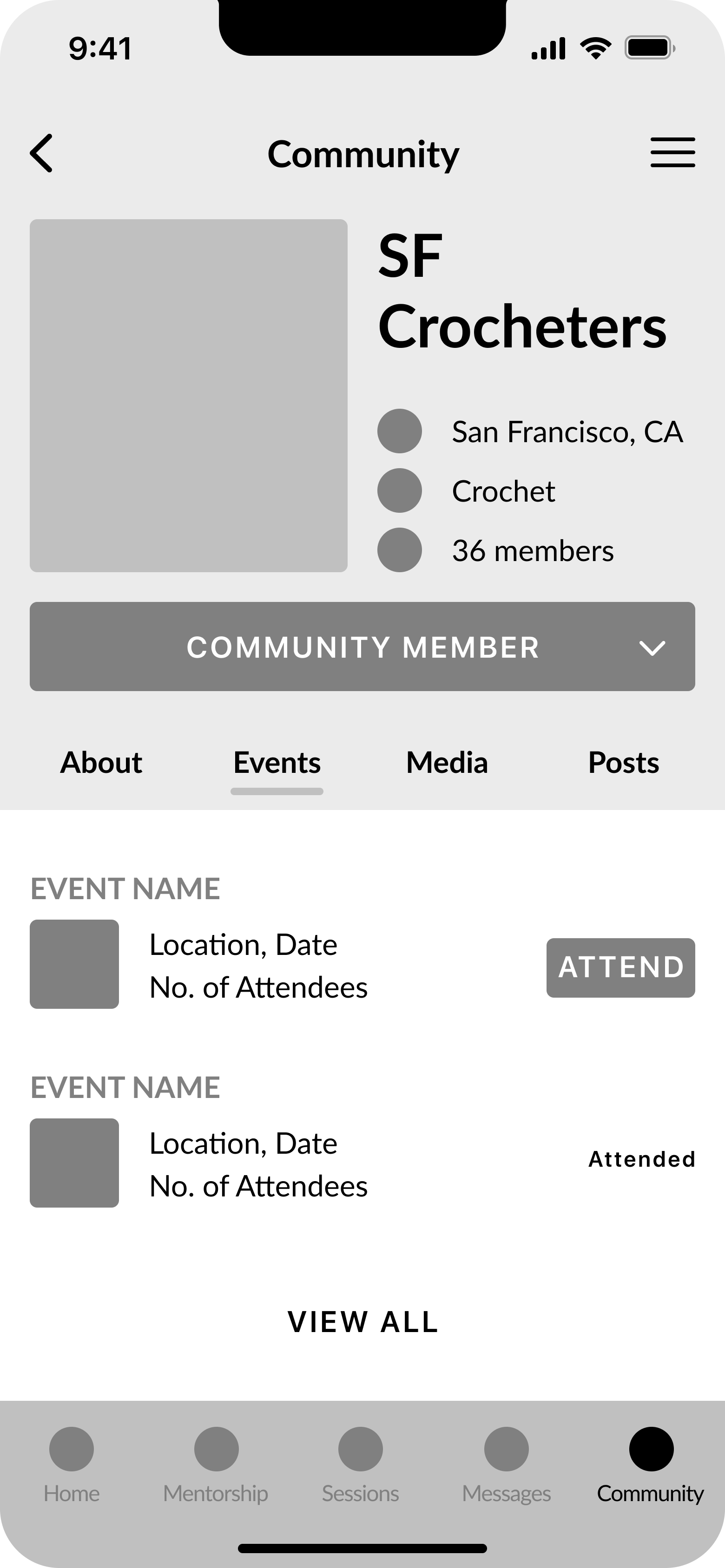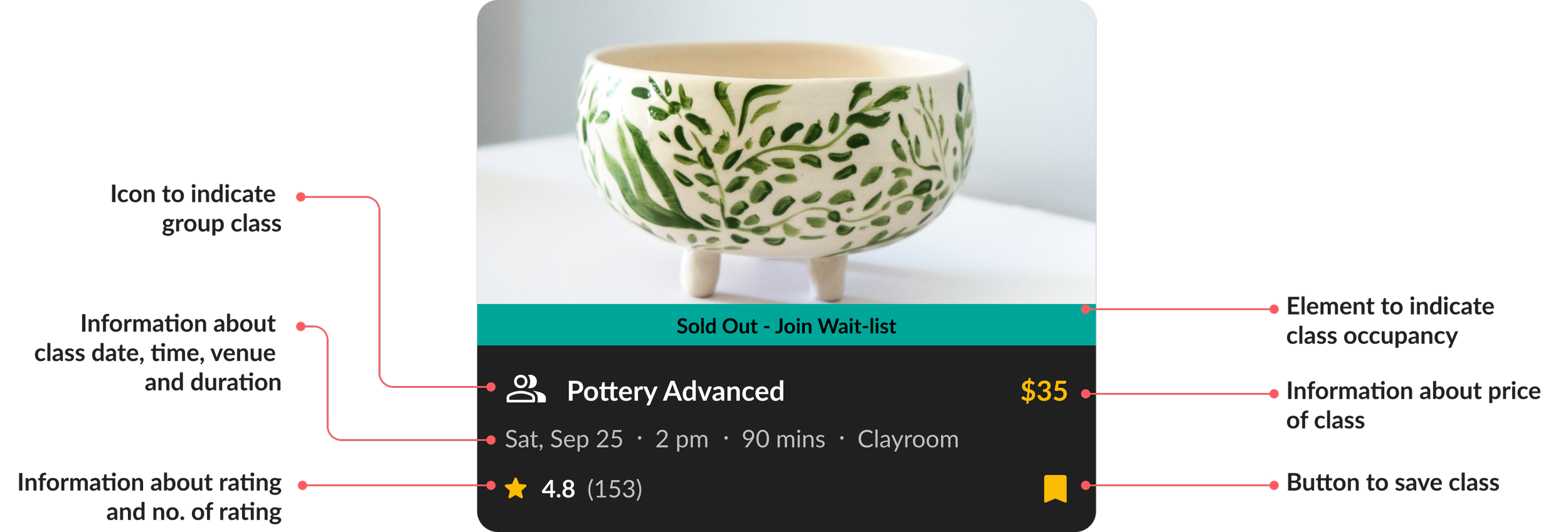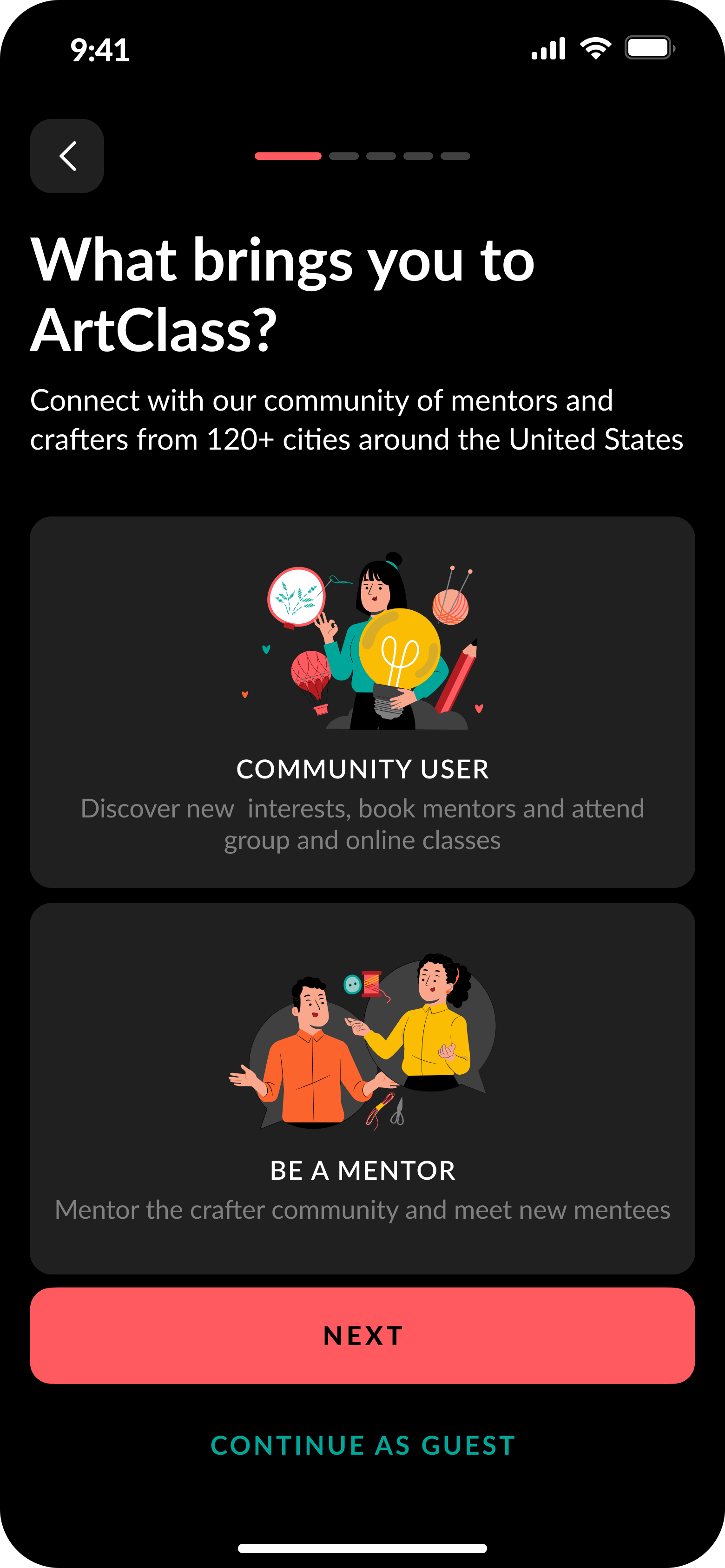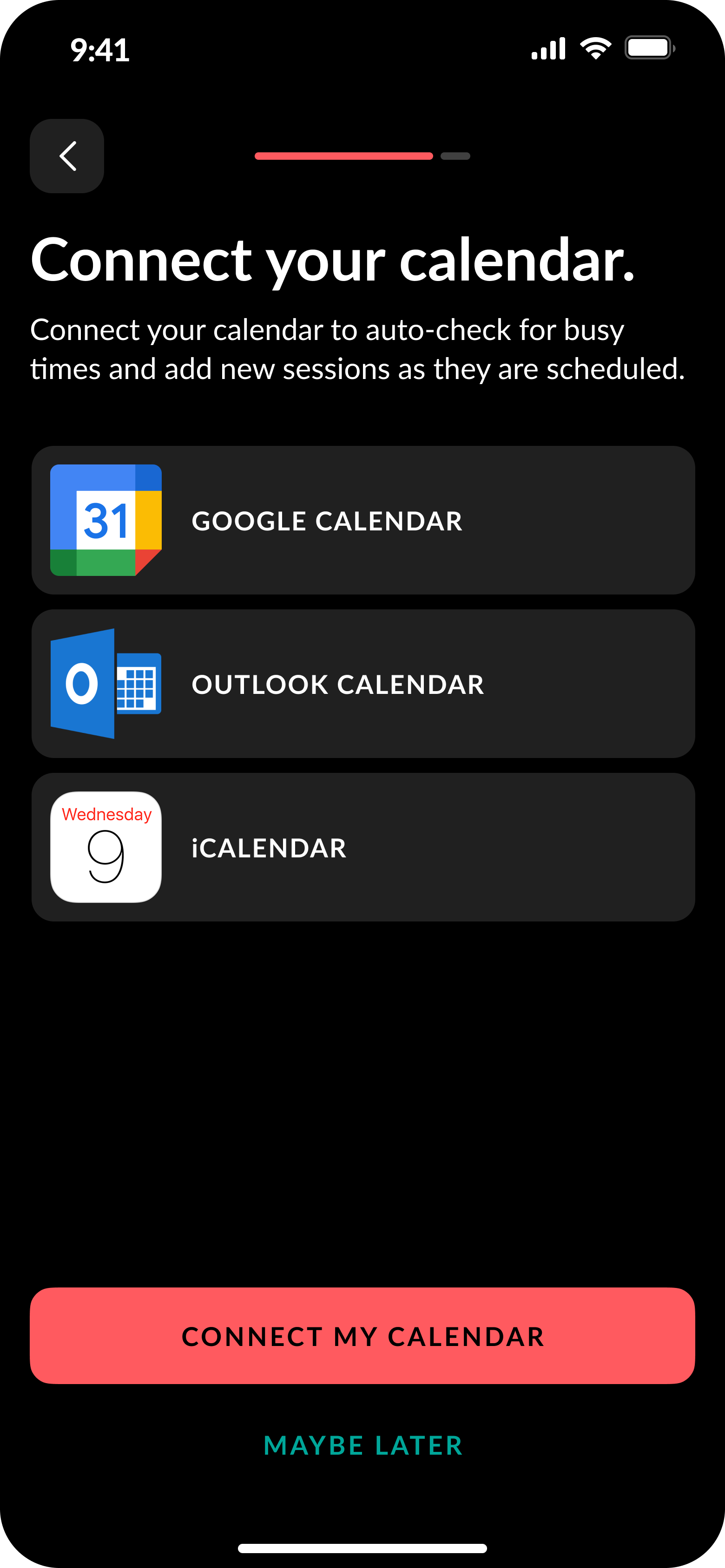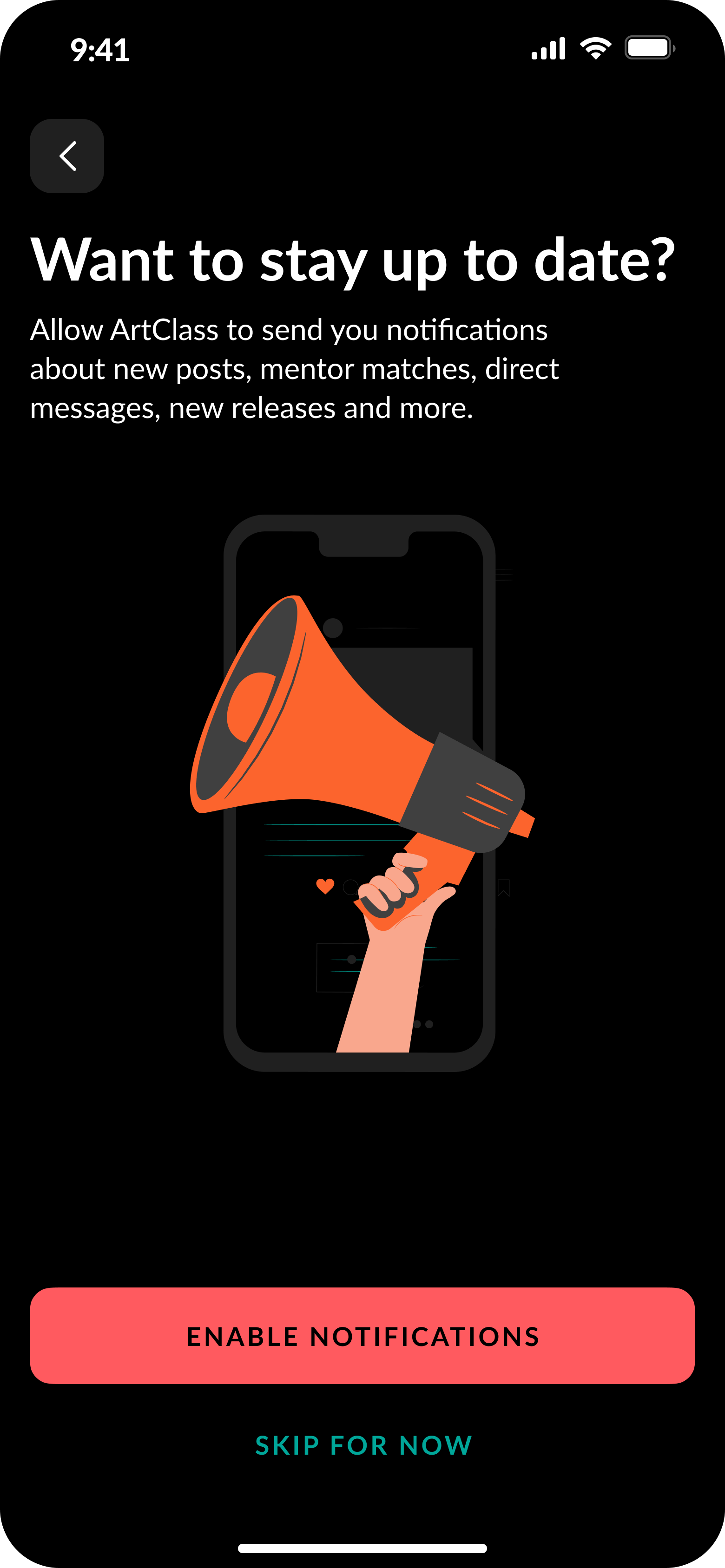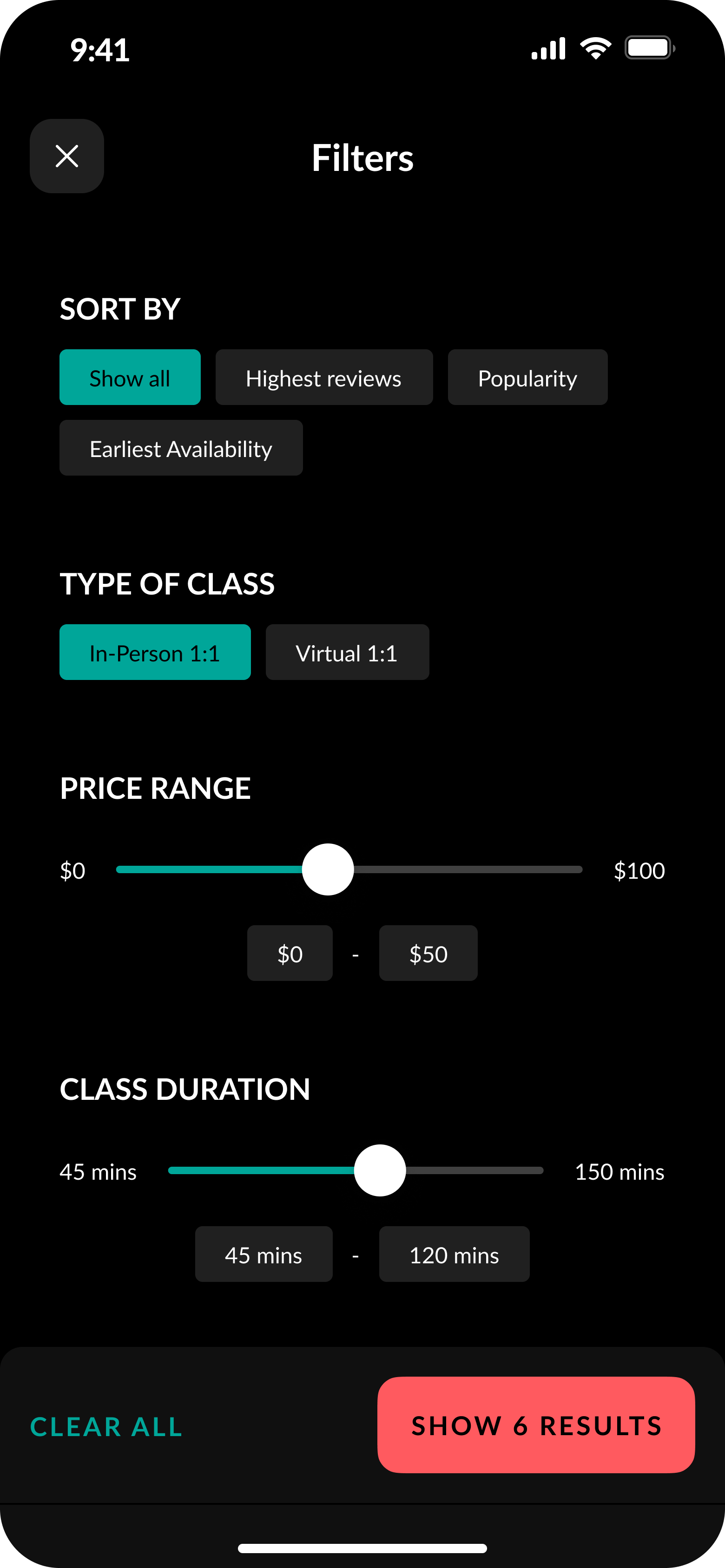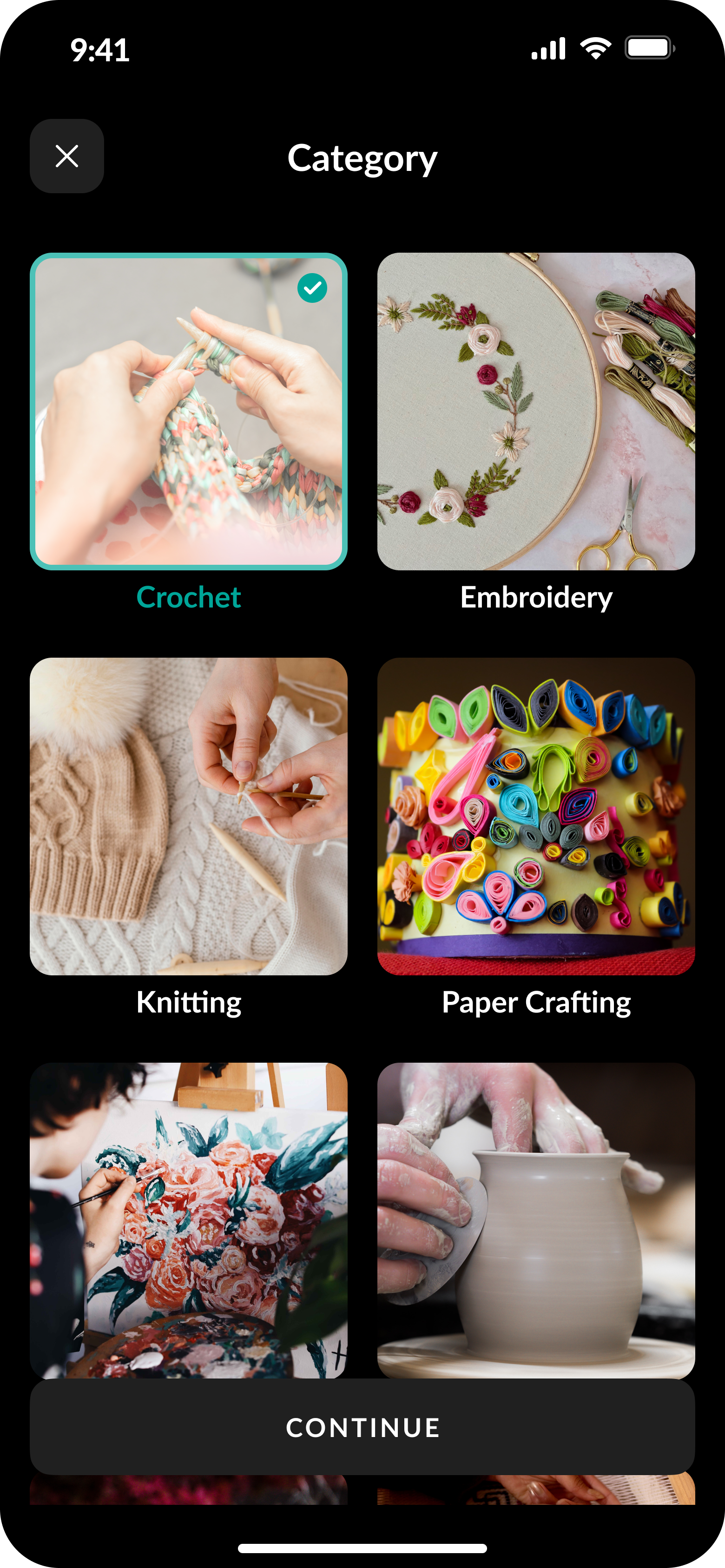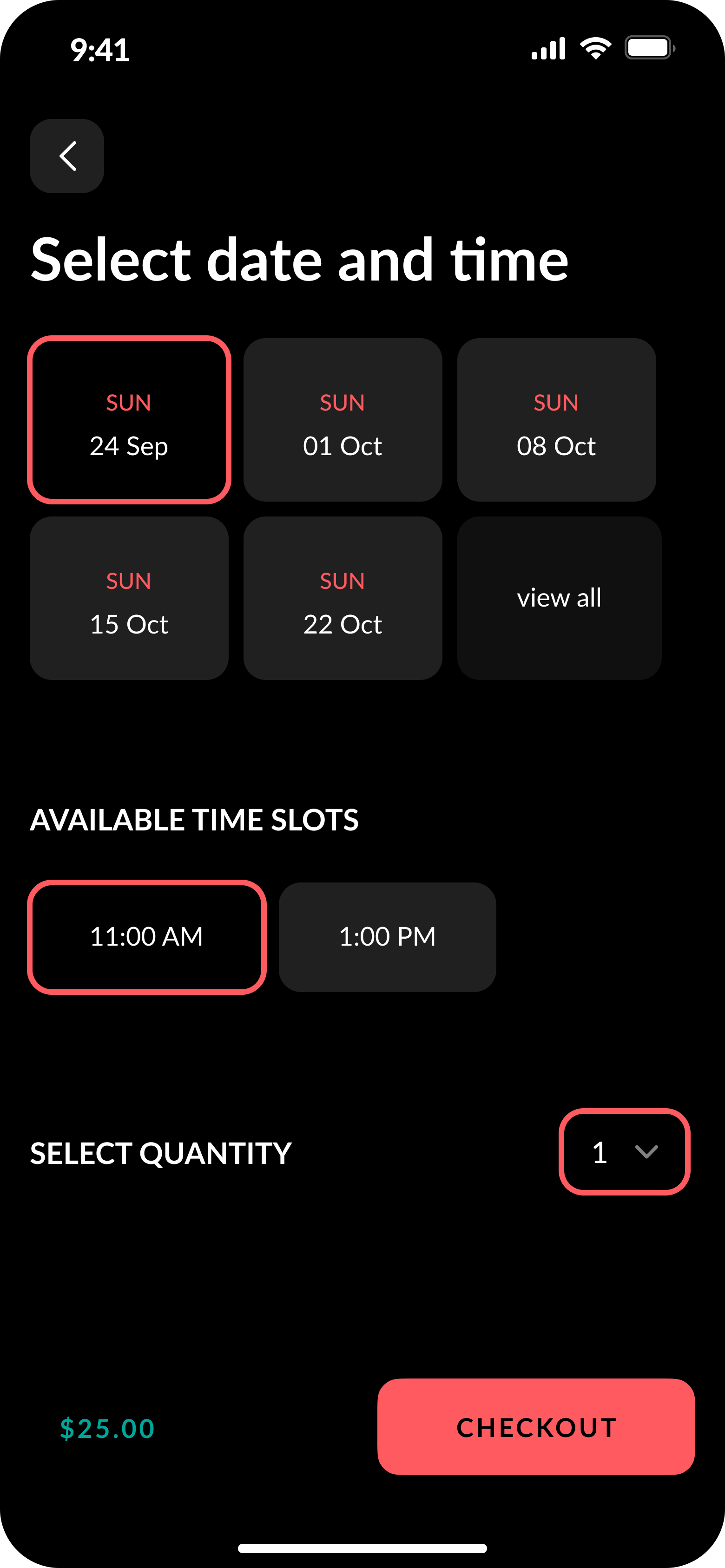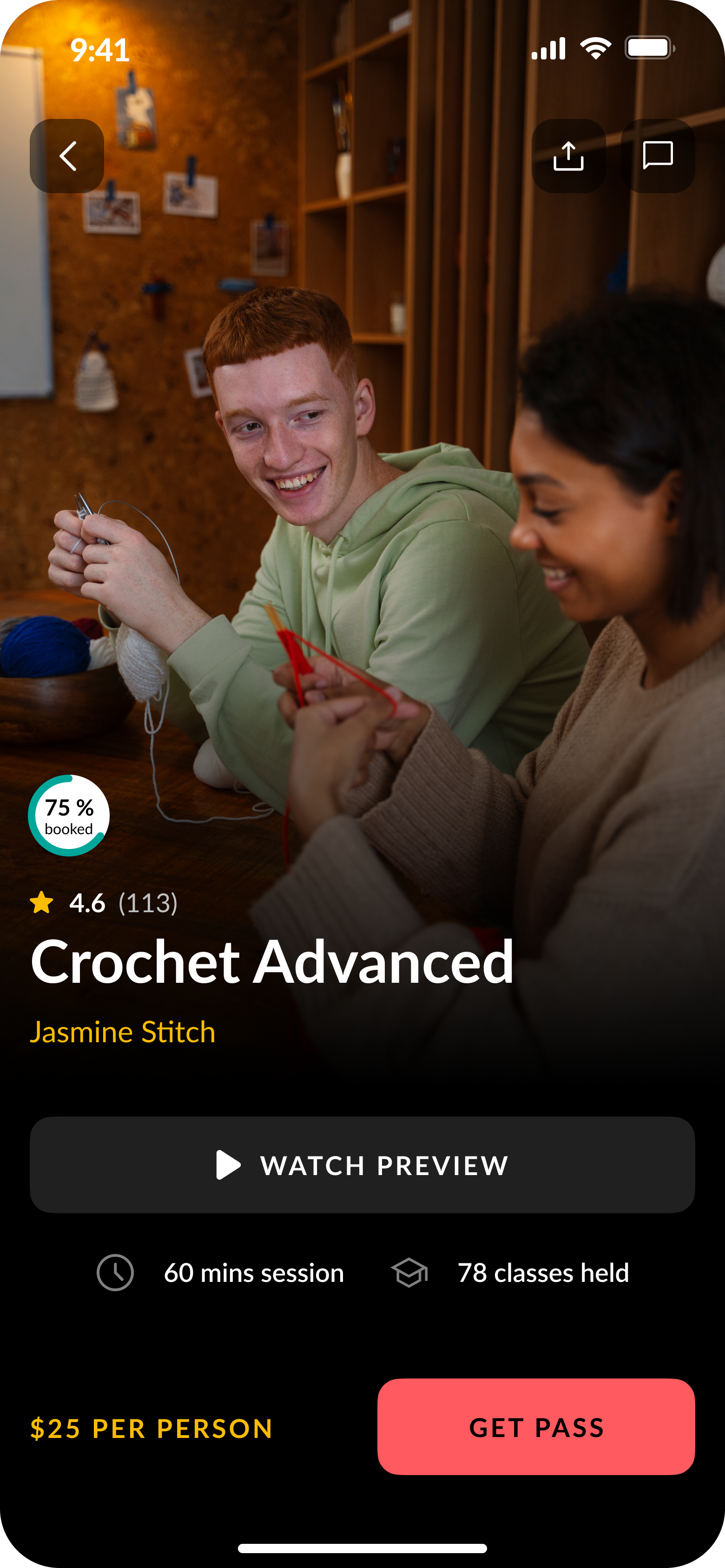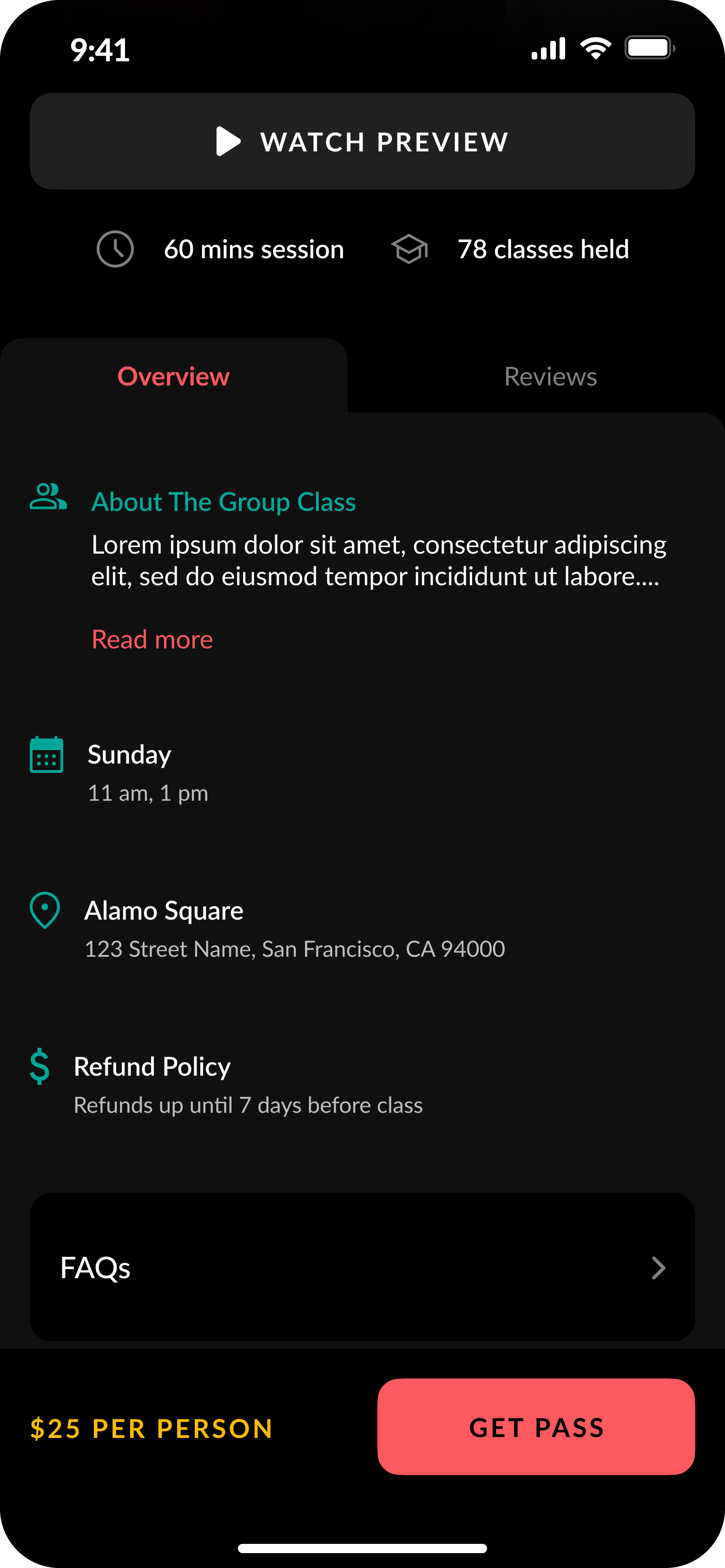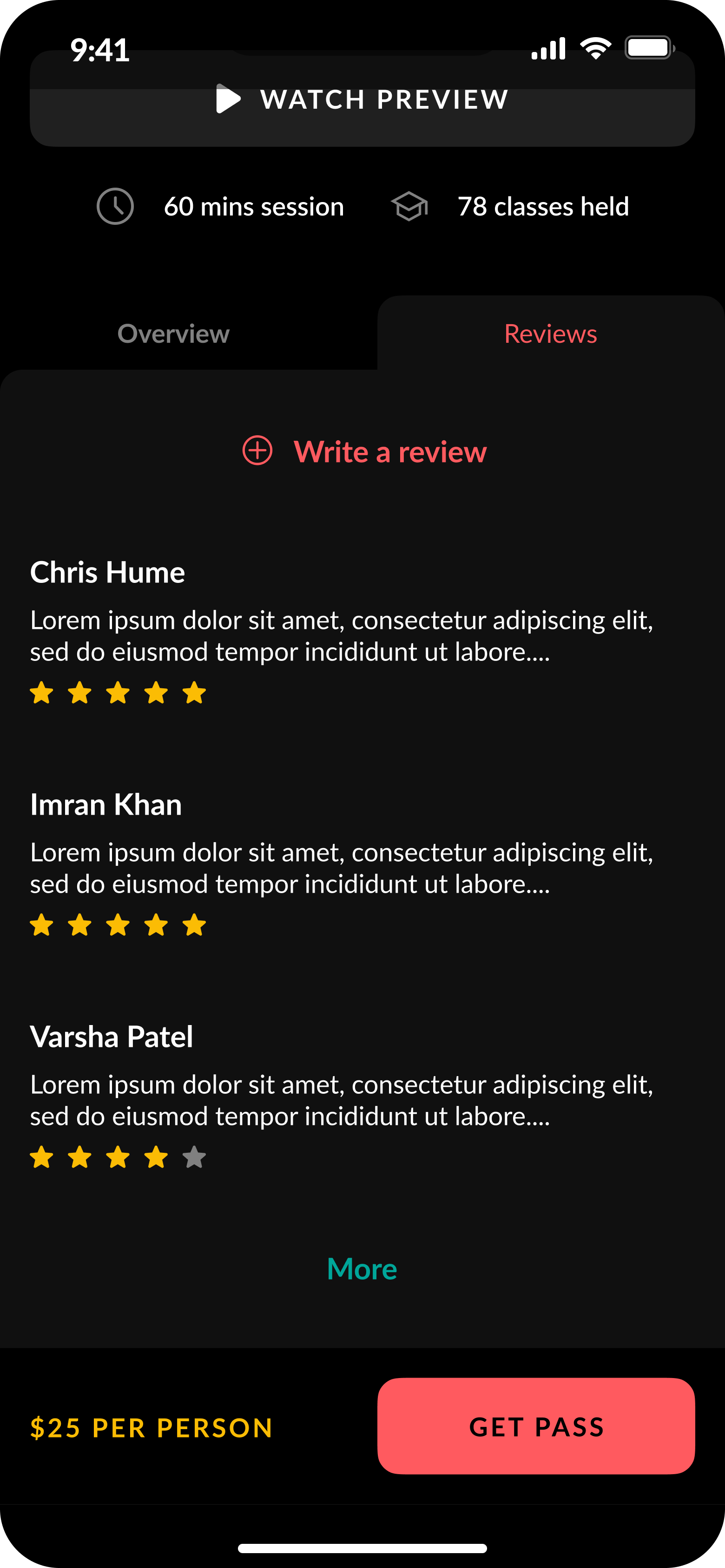End-to-End Design | Solo student project for UC Berkeley UX/UI Bootcamp
My Role
Timeline
November - December 2022 (9 weeks)
Skills
Product Design | Interaction Design | Visual Design | UX Research
Design Toolkit
Figma | Adobe Photoshop
CHALLENGE
Crafters with limited crafting exposure, need mentors and a community to learn and grow. Crafting can be very challenging and online resources are overwhelming for these new crafters to keep pace with.
SOLUTION
With mentors
In-person or virtually
Based on your preferred crafting technique, location and date
Schedule group/individual classes
Applicable only to group classes
In-person or virtually
Based on your preferred crafting technique, location and date
Discover popular classes around you
Along with
Ratings and reviews
Class session duration, address and available slots
Photos and FAQs
Watch preview before scheduling a class
PROCESS OVERVIEW
Research
Problem Discovery
White-paper research
Competitive Analysis
Empathize
Quantitative Survey
User Interviews
Insights & Analysis
User Persona
How might we?
Ideate
Mobile Sitemap
Sketches
Low-Fidelity Prototype
User Tests
Design
Inspiration
UI Elements
Hi-Fidelity Prototype
Test
User Test
Improve Features
More Tests
Key Learnings

Research
INITIAL PROBLEM DISCOVERY
Aspiring crafters need personalized attention from the experienced ones.
Aspiring crafters are unable to assess their learning trajectory through online resources.
THE GOAL
Our goal is to connect crafters with mentors and other local community members who share similar interests.
WHITE PAPER RESEARCH
To kickstart the project, I started with white paper research on the crafting industry and discovered an insightful figure from the Association for Creative Industries.
of US households participate in crafting hobbies
62%
crafters participate in 2-4 crafts
39%
crafters participate in 5 + creative hobbies
45%
Next, I started with research on learning, motivation, and achievement and discovered an insightful figure from the American Society of Training and Development.
“...people are 65% more likely to achieve a goal through peer networks. When they schedule regular check-ins with their mentors/peers to assess their progress, their chances of success increase to 95%.”
COMPETITIVE ANALYSIS + THE GAP
The competition had little or no mentorship feature to assist creative hobbyists in learning new crafting techniques.
To understand what worked well in the market, I studied the features of the top four companies that sold products similar to mine.
HOBIFY
CREATIVEBUG
MEETUP
PANION

Empathize
QUANTITATIVE RESEARCH + SURVEY DISCOVERY
would like to be mentored by an experienced specialist
45%
like to practice their hobby individually or in-person
50%
are interested in finding a local community for their hobby
70%
USER INTERVIEWS + INSIGHTS
To gather qualitative data, I interviewed 5 craft enthusiasts through Zoom. I asked them questions to understand the problems they face while pursuing their hobby. Here are some of the questions:
How often do you practice your hobby? When you do, what is your motivation for doing so?Do you currently partake in your hobby alone or with others?Are you looking to expand your social circle in person/online with others who share your hobby?IF A BEGINNER: Would you like to have a mentor for your hobby?IF ADVANCED: Are you open to mentoring someone with the same hobby? Or did you have a mentor for your hobby when you were starting out?If you are not open to mentoring, why is that?
1.
Hobbyists are more likely to stay motivated when they are surrounded by fellow creative enthusiasts.
2.
Guidance from experienced enthusiasts can help aspiring artists/crafters evaluate their progress.
3.
Interacting with young crafters would give experienced crafters fresh perspectives and new ideas.
PERSONAS
I created two User Personas based on the qualitative and some quantitative user research conducted in the previous process.
HOW MIGHT WE
… help Clara in finding a mentor/community to grow her crafting skills and abilities, as well as build a community of crafters around her?
HOW MIGHT WE
… help Joseph connect with other young crafters so that he can teach his own craft while also expanding his skills and knowledge base?

Ideate
PRODUCT STRUCTURE
CONCEPT SKETCHES
LOW-FI PROTOTYPE - FLOWS
Onboarding
Homescreens
Mentor Screens
Community Screens
TESTING + IMPROVEMENTS
I tested my design with 5 users and got feedback from them and my mentor. Then, I used their input to make my low-fidelity design better. In the end, I made three important changes that greatly enhanced my final product.
Simplified class selection process by allowing users to select their classes based on mentor or class information instead of social media posts.
Removed Craft Posts
Improved user experience by consolidating relevant classes and mentors on the homepage, eliminating the need for separate tabs.
Eliminated the Community Tab
Based on mentor feedback, letting the user flow to other parts of the app seemed a better fit. For e.g. Bottom navigation is not needed when checking out a mentor profile or booking a session.
Removed Bottom Navigation

Design
Visual Language
Anatomy of the app’s card design
Anatomy of the class detail page
THE FINAL PRODUCT
Onboarding
Classes with Mentors
Group Classes
Reflections
How did I feel when working on the design challenge?
This project is unique because the product can make people more comfortable and self-assured when starting to learn handcrafts. I deeply value breaking barriers to learning new skills due to my background of limited resources.
What would I have done differently?
I only worked on the part for mentees, but I wish I could have also worked on how mentors would use the platform. Given more time, I would find it valuable to create profiles and preferences for mentors on the app.
More Projects










